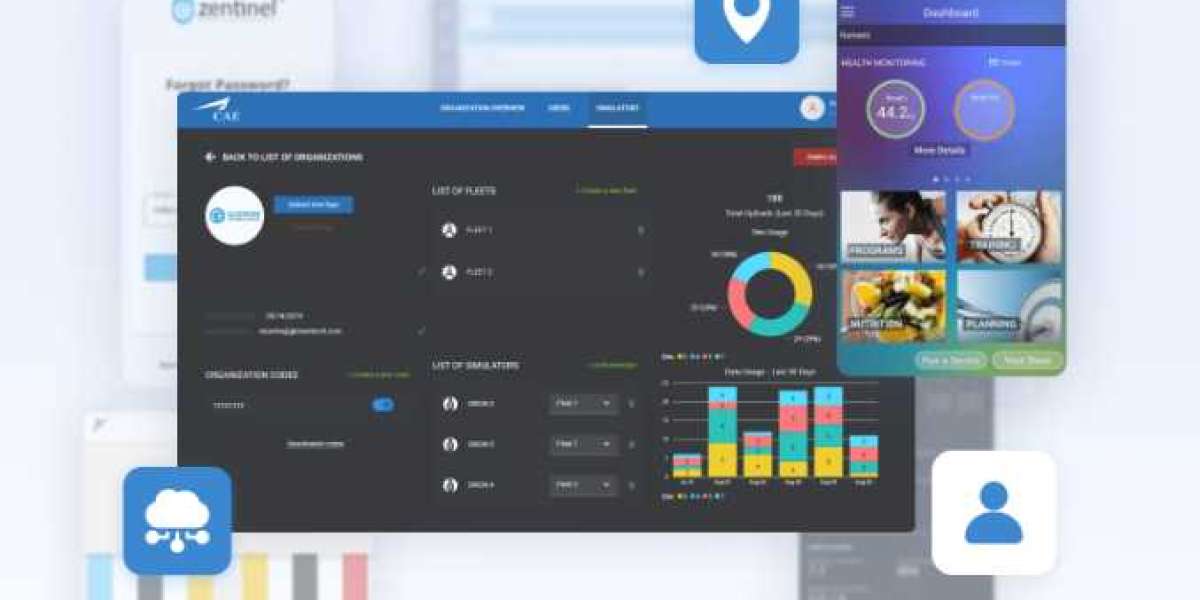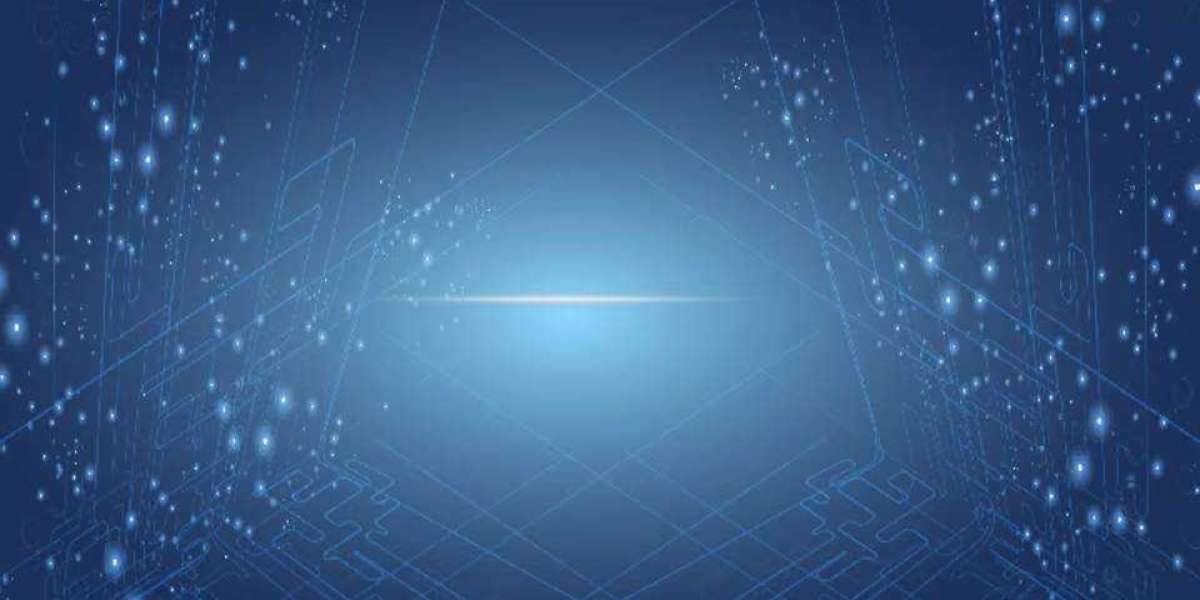Introduction
The healthcare industry is undergoing a revolutionary transformation, driven by technological advancements that offer unprecedented opportunities for improving patient care. Remote Patient Monitoring (RPM) is at the forefront of this change, harnessing technology to enable continuous health tracking outside traditional clinical settings. remote patient monitoring software development has become a crucial aspect of modern healthcare, providing solutions that enhance patient outcomes, streamline healthcare delivery, and reduce costs. This article explores the complexities of RPM software development, its components, benefits, challenges, and future trends.
Understanding Remote Patient Monitoring (RPM)
Remote Patient Monitoring (RPM) refers to the use of digital technologies to monitor patients' health outside of conventional clinical environments. This approach leverages various devices and software to collect, transmit, and analyze health data in real-time. RPM facilitates proactive management of patients' health by allowing healthcare providers to track vital signs, symptoms, and overall well-being remotely.
Objectives of RPM
- Continuous Monitoring: RPM aims to provide continuous tracking of vital health metrics, allowing for early detection of abnormalities and timely intervention.
- Personalized Care: By collecting real-time data, RPM supports the development of personalized treatment plans tailored to each patient's needs.
- Reduction of Hospital Visits: RPM reduces the frequency of in-person visits, alleviating the burden on healthcare facilities and minimizing patient exposure to potential infections.
- Enhanced Patient Engagement: RPM encourages patients to actively participate in their own care through regular feedback and self-management tools.
Components of RPM Software
RPM software comprises several integral components that work together to deliver a comprehensive remote monitoring solution. These components include data collection devices, data transmission and integration systems, data analysis and reporting tools, user interfaces, and security measures.
1. Data Collection Devices
Wearable Devices: Wearables such as smartwatches and fitness trackers monitor various health parameters, including heart rate, blood oxygen levels, and physical activity. These devices provide continuous health insights and can alert both patients and healthcare providers to potential issues.
Home Monitoring Equipment: Devices like blood glucose monitors, blood pressure cuffs, and weight scales are commonly used in RPM. They allow patients to track specific health metrics related to chronic conditions or general health.
Mobile Applications: Mobile apps enable patients to manually input health data, track medication adherence, and interact with healthcare providers. These apps also integrate data from other devices, providing a comprehensive view of the patient's health.
2. Data Transmission and Integration
Cloud Computing: Cloud-based platforms are essential for storing and processing health data. They provide scalability and accessibility, ensuring that data is available to healthcare providers regardless of location.
Integration with Electronic Health Records (EHRs): Integrating RPM data with EHR systems is crucial for creating a unified patient record. This integration allows healthcare providers to access complete health histories and make informed decisions based on comprehensive data.
3. Data Analysis and Reporting
Real-Time Monitoring: RPM software provides real-time tracking of health metrics, enabling immediate feedback and alerts for any deviations from normal ranges. This facilitates prompt intervention and reduces the risk of complications.
Data Visualization: Visualization tools such as charts and graphs help both patients and healthcare providers interpret complex health data. These tools make it easier to identify trends and patterns that may require attention.
Predictive Analytics: Advanced RPM systems use predictive analytics to identify potential health risks based on historical data and current trends. Predictive models can forecast disease progression and recommend preventive measures.
4. User Interfaces
Patient Portals: Patient portals offer a user-friendly interface for individuals to access their health data, view trends, and communicate with their healthcare team. A well-designed portal is essential for ensuring patient engagement and satisfaction.
Provider Dashboards: Healthcare providers use dashboards to monitor multiple patients simultaneously, analyze data trends, and make clinical decisions. Effective dashboards streamline workflows and enhance decision-making capabilities.
5. Security and Privacy
Data Encryption: Protecting patient data is a top priority in RPM software development. Encryption methods are employed to secure data during transmission and storage, safeguarding it from unauthorized access.
Regulatory Compliance: RPM software must adhere to regulations such as HIPAA (Health Insurance Portability and Accountability Act) in the U.S. and GDPR (General Data Protection Regulation) in Europe. Compliance with these standards ensures that patient data is handled with the highest levels of privacy and security.
Benefits of RPM Software
1. Enhanced Patient Outcomes
RPM software significantly improves patient outcomes by enabling early detection of health issues. Continuous monitoring allows for timely interventions and adjustments to treatment plans, leading to better management of chronic conditions and overall health improvement.
2. Increased Accessibility
RPM technology expands healthcare access, particularly for individuals in remote or underserved areas. By providing a means to monitor health from home, RPM reduces barriers to care and ensures that patients receive the support they need regardless of their location.
3. Cost Savings
RPM software can result in significant cost savings for both healthcare providers and patients. By reducing the need for in-person visits and hospital admissions, RPM lowers healthcare costs and alleviates the financial burden on patients.
4. Improved Patient Engagement
RPM software promotes greater patient engagement by offering regular feedback and interactive tools. Patients become more involved in managing their own health, leading to better adherence to treatment plans and a higher quality of care.
Challenges in RPM Software Development
1. Technical Complexity
Developing RPM software involves addressing technical challenges related to data integration, real-time processing, and device compatibility. Ensuring seamless interaction between various components and technologies requires advanced technical expertise.
2. Data Security and Privacy
Protecting patient data is a major concern in RPM software development. Implementing robust security measures and ensuring compliance with regulatory requirements are critical for maintaining patient trust and safeguarding sensitive information.
3. User Experience
Creating a user-friendly interface is essential for the success of RPM software. Both patients and healthcare providers must be able to navigate the system easily and access relevant information without difficulty.
4. Regulatory Compliance
Navigating the complex landscape of healthcare regulations is a significant challenge. RPM software must comply with various standards and regulations to ensure safety, efficacy, and legal compliance.
Best Practices for RPM Software Development
1. Prioritize User-Centric Design
To ensure the effectiveness of RPM software, developers should focus on user-centric design. Engaging patients and healthcare providers in the design process helps create a system that meets their needs and preferences. Conducting usability testing and incorporating feedback are essential steps in refining the software.
2. Implement Robust Data Security
Data security is a top priority in RPM software development. Developers should use advanced encryption methods, implement strict access controls, and regularly update security protocols to protect patient data from unauthorized access and breaches.
3. Achieve Interoperability
Interoperability is crucial for the success of RPM software. Utilizing standardized communication protocols and APIs facilitates seamless data exchange and integration with existing healthcare systems. Adopting a modular architecture allows for flexibility and scalability.
4. Ensure Regulatory Compliance
Compliance with regulatory requirements is essential for RPM software development. Developers should stay informed about relevant regulations and ensure that their software meets all necessary standards. Obtaining certifications and conducting regular audits can help maintain compliance.
Future Trends in RPM Software Development
1. Integration with Artificial Intelligence (AI)
Artificial Intelligence (AI) is set to play a transformative role in RPM software. AI algorithms can analyze vast amounts of health data to identify patterns, predict potential issues, and provide personalized recommendations. AI-powered predictive analytics will enhance the accuracy of health forecasts and improve decision-making.
2. Advanced Wearable Technologies
The future of wearable technologies promises enhanced capabilities and accuracy. Advanced sensors and devices will provide more comprehensive health monitoring, including detailed insights into physiological and behavioral metrics. Integration with RPM software will enable a more holistic approach to health management.
3. Expansion of Telemedicine Integration
The integration of RPM with telemedicine platforms will continue to grow. Combining RPM with virtual consultations will facilitate remote care management, enabling healthcare providers to offer a comprehensive and continuous care experience.
4. Focus on Mental Health Monitoring
RPM software will increasingly address mental health monitoring. Future systems will include tools for tracking mental health indicators, such as mood and stress levels, and provide resources for managing mental well-being. This expansion will support a more integrated approach to overall health management.
5. Patient Empowerment and Personalization
Future RPM software will emphasize patient empowerment through personalized insights and interactive tools. By tailoring feedback and recommendations based on individual health data, RPM systems will enhance patient engagement and support self-management of health.
Conclusion
Remote Patient Monitoring (RPM) software represents a significant advancement in healthcare technology, offering numerous benefits for patients and healthcare providers. By enabling continuous monitoring, improving accessibility, and reducing costs, RPM software is transforming the way healthcare is delivered and managed.
While challenges such as technical complexity, data security, and regulatory compliance exist, best practices in development can address these issues effectively. Looking ahead, the integration of AI, advancements in wearable technologies, and expanded telemedicine integration will drive further innovation in RPM software.
As technology continues to evolve, RPM software will play an increasingly vital role in enhancing patient care, optimizing healthcare delivery, and improving overall health outcomes. By focusing on user-centric design, robust security, interoperability, and compliance, developers can create impactful RPM solutions that revolutionize healthcare and empower patients to take control of their own health.








